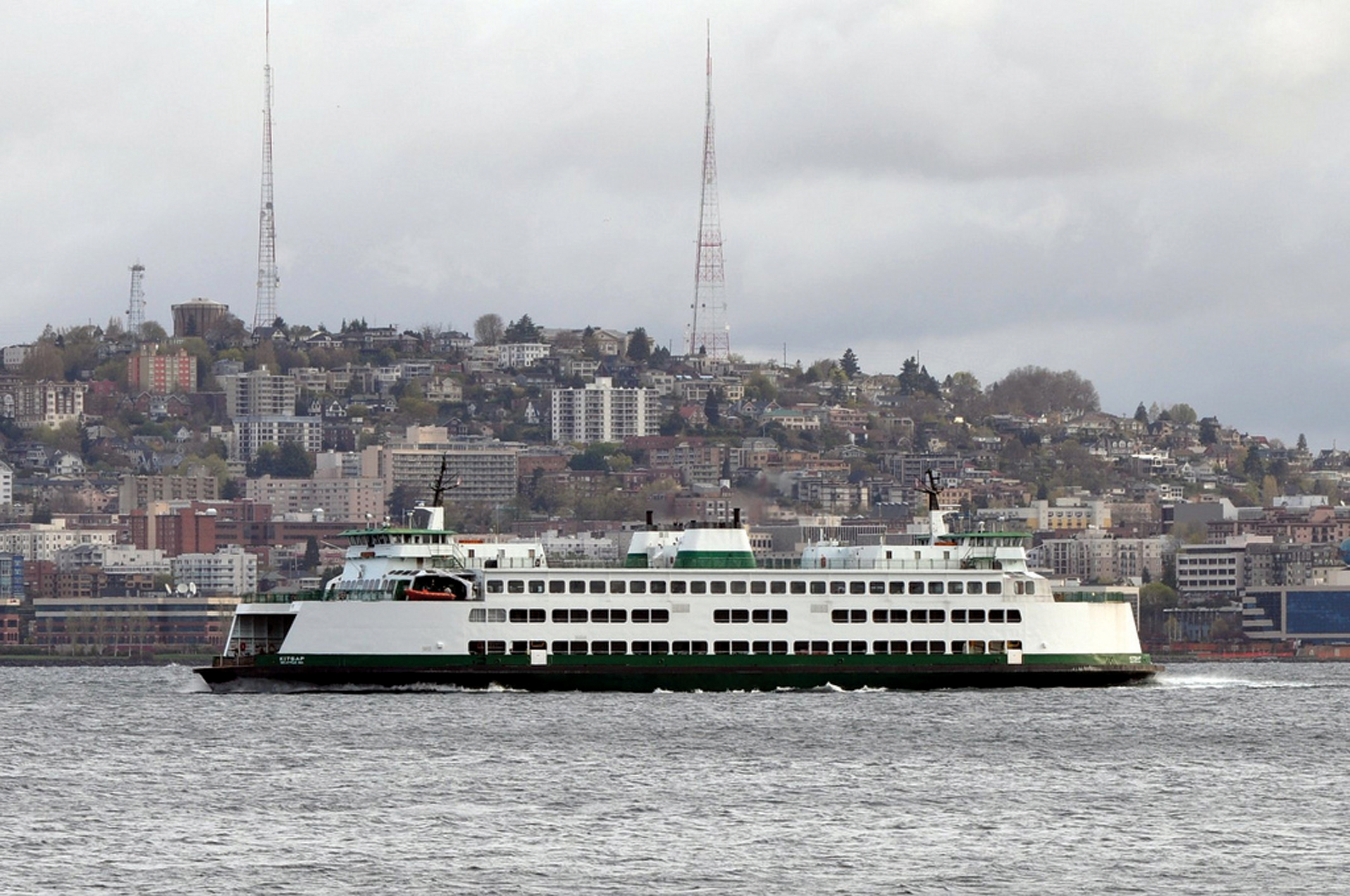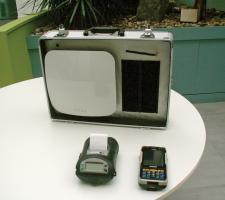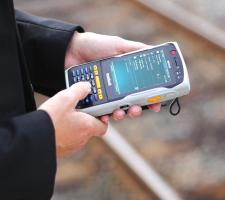
A WSF vessel with Seattle in the background
Transport authorities are increasingly looking to integrate ferry travel into the mix of public transport. David Crawford finds out more.
The new A$370m (US$398m) Opal public transport smartcard system being installed by theThe consortium includes the Commonwealth Bank of Australia; Australian retail payment system provider ePay; Australian infrastructure engineering company
Since December 2012, the scheme, for the Government of the Australian state of New South Wales, has been having its first trials on the Neutral Bay route of Sydney Ferries.
State agency Transport for NSW claims that the system – covering the 40,000km2 greater Sydney area – will deliver the world’s most technologically advanced transit smartcard.
It has started with ferries as a means of fine-tuning because, says Transport Minister Gladys Berejiklian,“in comparison with Sydney’s trains and buses, they have a simpler and less extensive network. That makes it easier to introduce the system and trial the new technology and passenger interactions. The best way to introduce a large and complex system is to do it gradually and encourage feedback”.
CTS president Steve Shewmaker adds: “The ferry trials were an important landmark which showed the project was progressing on time and on budget.”
For the Neutral Bay trial, adult fares (the only ones initially available) have been set at the equivalent to a single fare in the Sydney MyZone scheme. Introduced in 2010 to simplify the city's previously complex fare system (from five ferry zones to two), it has removed one stumbling block to ticketing integration and smart payment.
The system deploys an off-board approach, with passengers using on-shore validators to tag on and off. By 2015, it will be operating on 42 ferry wharves, as well as over more than 300 railway stations, 5000 buses and light rail.
The rollout follows the July 2012 inauguration of a new operator, Harbour City Ferries, with a brief to improve passenger services – the smartcard system playing a central role in this. Transport NSW is committed to increasing ferry usage, having restored a number of links that had previously been scrapped, and is keeping open the option of introducing near field communications (NFC)-based payment in future.
Other projects
For consortium member Parkeon, the contract follows on from itsThe company has fitted smart bus-type electronic ticketing equipment onto every ferry, with support for the established SmartRider card which now enjoys one of the highest take-ups worldwide on a per capita basis.
In Finland, Parkeon – in conjunction with Tieto Finland – is implementing a €60m (US$81m) smartcard-based ticketing and information contract awarded in 2012 by the Helsinki Regional Transport Authority (HSL). The off-board solution is again being adopted for waterborne transit.
Full integration of payment for ferries is, however, not always straightforward, as with the US Pacific Coast-based Washington State Ferries (WSF) passenger and vehicle automobile ferry service.
Owned and operated by the Washington State Department of Transportation, this has the largest fleet in the US with 20 terminals and segregates its users into upper deck (foot passengers) and lower deck (vehicles), providing a key commuter link for the city of Seattle.
Its Wave2Go core system allows integration with the regional multimodal ORCA (One Regional Card for All) scheme to meet the needs of its walk-on passengers, who can load a WSF monthly pass or e-purse and an accompanying transit pass. But it has been unable to participate in the ORCA transit partners’ monthly Puget Pass system, covering the Puget Sound area, because of fare differentials.
(Vehicles use Wave2Go on the ferries which are considered as part of the Department of Transportation highway system, making the lower deck equivalent to part of a toll road).
Island issues
Domestic ferry routes can range in length between short river or bay commuter crossings and vital links of 100km or more joining mainlands to outlying island communities across open sea.In October 2012, the UK’s devolved Scottish Government launched its plan for a nationwide Saltire (the country’s heraldic cross) smartcard for use on all public transport modes – including ferries serving the country’s 95 inhabited islands. Sea links are crucial for their resident populations and summer tourists, and the government sees introducing easier payment for them as important for maintaining and increasing visitor numbers.
National agency
Bringing ferries in is the logical next step, and Transport Scotland is engaging with the industry on a framework for progressing its inclusion, including trial sites and routes. But there are problems, which also are relevant to other countries that are, or contain, archipelagos.
One is that the marine environment is a very harsh climatic one for using advanced fare payment equipment in, which therefore needs to be robust, as well as wind and waterproof. Another is the challenge of providing and maintaining suitably reliable and cost-effective data links from this equipment to land-based back-office systems.
The Scottish Government has noted the results of earlier trials suggesting that previously-available ITSO-compliant equipment designed for buses did not work well at sea. One regional authority, the Orkney Islands Council, has already implemented a basic smartcard operation on some of its inter-island services – but this is not ITSO-compliant and is therefore non-interoperable with island bus services.
Transport Scotland is therefore looking for methods of using existing equipment in ways that suit both passengers and ferry operators, without prejudicing revenue collection and validation. In response, Orkney has committed itself to a programme aimed at migrating the existing operation onto an ITSO-compliant platform; and trialling new products in conjunction with bus operator Stagecoach.
Meanwhile, on the mainland, the
The software is being made available in a portable ‘ITSO in a box’ version. This provides a base station enabling tickets to be bought online or on-board and loaded onto smartcards, smartphones or NFC-enabled devices.
On board is a portable Nautiz eTicketPro terminal from Swedish company
The system is designed for compatibility with other public transport modes and the Scottish concessionary scheme, enabling seamless transfer from a ferry onward to bus, rail and subway (Glasgow metro) connections.







